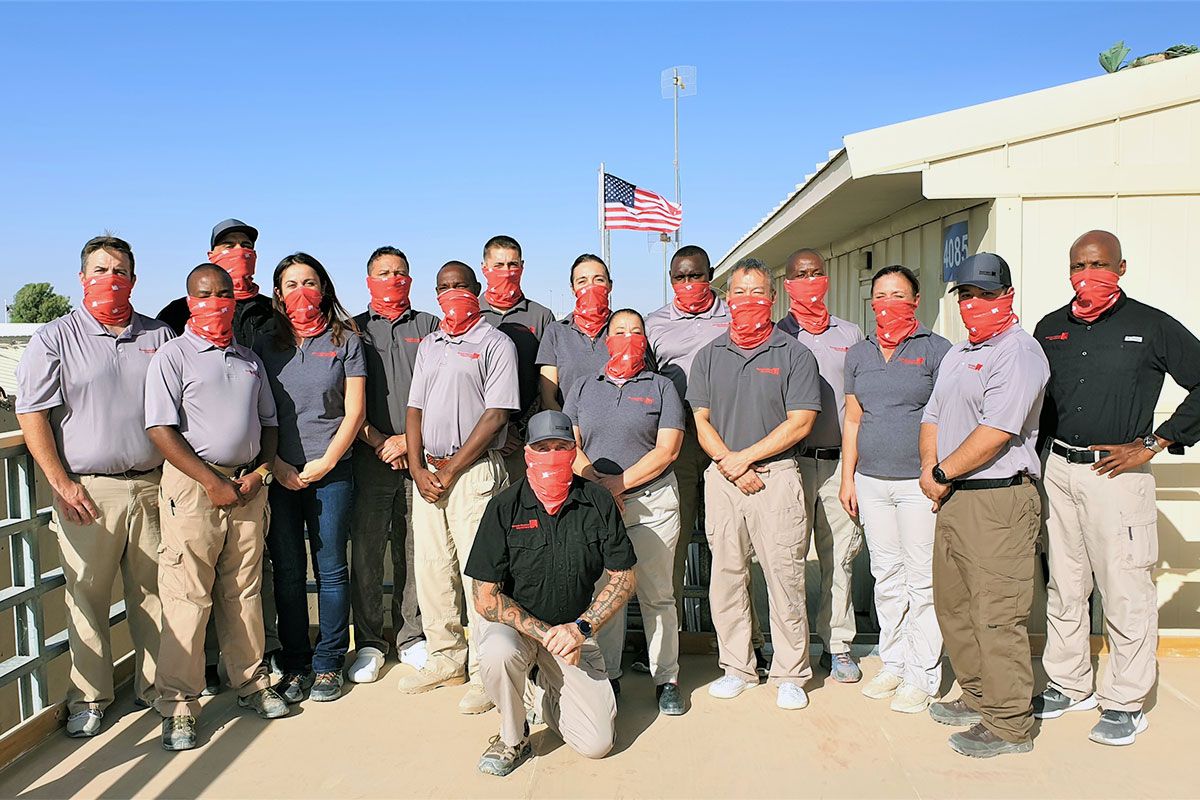Flying in a twin jet otter airplane (named after the abominable snowman “yeti”) high above the Himalayas in the 12th poorest country in the world makes you question your mortality. Â “WOW! Â Look at that mountain!” is interrupted by sudden statements of sheer terror, “I think we are going to crash into it!!!” Â As the plane tumbled and pitched through the choppy Himalayan air, I furiously fumbled through my iPod to find appropriate music should the plane come any closer to scraping the peaks and mountain passes below. Â In just 40 minutes, we had flown from the hot, malarial, dusty, and flat Tarrai planes of Southern Nepal to one of the poorest and remote districts of Northwest Nepal perched high in the Himalayas along the Tibetan border.
It was no sooner than we hit the dirt runaway (that was incomprehensibly short) that we began to see signs of the recent Maoist insurgency. Â Dugout fox holes, sand bags, and rolls of barbed wire surrounded the airport and otherwise picturesque town of mud-walled and tin-roofed houses. Â Brian Smith (Founder and President of HAND- Helping Assist Nepal’s Disabled and former RMI WEMT student) and I had come to conduct a Disability Needs Assessment in the Humla region. Â We quickly found that many of the disabilities would be war related and the others would be the result of lack of basic infrastructure such as roads, electricity, and a minimum 10 day trek to the closest staffed medical post.
In this small Himalayan town, there are no cars, no trucks, and no motorcycles, only the ringing of Tibetan bells around the necks and muzzles of yaks, burros, and horses making their way up the hillside. This was drowned out by by the piercing thud of the UN helicopter’s rotors- slicing the mountain air and drowning the town in a cloud of dust. Â Several times a week, the United Nation brings in bags of rice since the Humla region suffers from food shortages year round. Â It is a critical lifeline for the 45,000 people of the Humla region where only 1 percent of the land is arable.
As an RMI Instructor, I am constantly defining “remote” medicine and “remote” environments.  As the plane and chopper disappeared over the mountain range in a cloud of dust, I knew that definitive medical care was out of the question. The weather in Simikot (like most of the Himalaya) is known to spontaneously turn so the flight schedule was entirely contingent on conditions.  Limited resources?  Check. Lack of communication? Absolutely. Environmental challenges? Between the altitude, temperature, and UV exposure, this was also certainly the case. We set out with our medical kits, gear, a porter, and a translator into the definition of remote.
I am carrying a customized version of the Adventure Medical Kits Mountain Medic II  and I am glad I have it as we immediately stumbled across an eight year-old who had sliced his finger open with a rock.  Gangrene infection had set in.  Not long after, another 12 year-old boy had hit the top of his foot with an ax while chopping wood.  To control the bleeding, his family poured ground flower tikka powder (usually Hindus reserve this for covering the third eye to protect the wearer) to assist in clotting.  Both patients needed considerable wound cleaning and management in a setting where soap and clean water is virtually nonexistent.  We were not just treating them until they could get to definitive medical care, we were the medical care-  a  responsibility that runs through your head incessantly as you make decisions.Â
In the remote regions of Nepal, soft tissue wounds secondary to simple accidents such as these can lead to life long disability and even life threatening infections. Â The power of rudimentary skills and supplies, such as soaking, high pressure irrigation, tincture of benzoin, triple antibiotic cream, and sterile dressings cannot be underestimated.
We are now gearing up for phase three of our work here in Nepal which will involve identifying and guiding patients with treatable blindness through the Solokhumbu region to a remote eye surgery clinic in Phaplu. This is sure to be an unforgettable experience. Â The path is steep and narrow and the patients will be partially or completely blind. With that said, HAND (with Remote Medical International’s donated medical gear and medications), will attempt to restore their eyesight if at all possible at a remote Cataract eye surgery clinic.
Despite the sometimes harrowing plane flights, food shortages, probable monsoon leeches, and political unrest that seems to shut down the roads everywhere we go, we are thrilled to put our knowledge and skills to the test. Â Our work in Nepal has and will continue to prove the critical nature of WEMT skills in places where medical care can be as elusive and virtually nonexistent as the infamous yeti.


